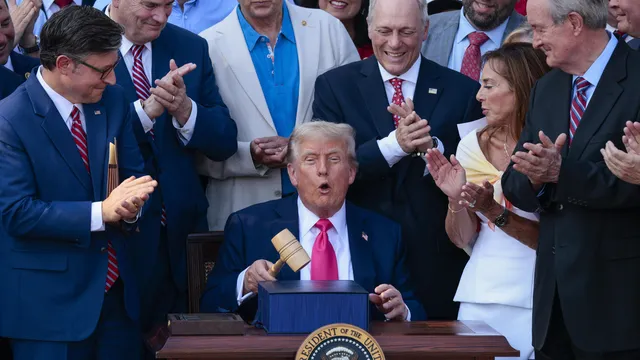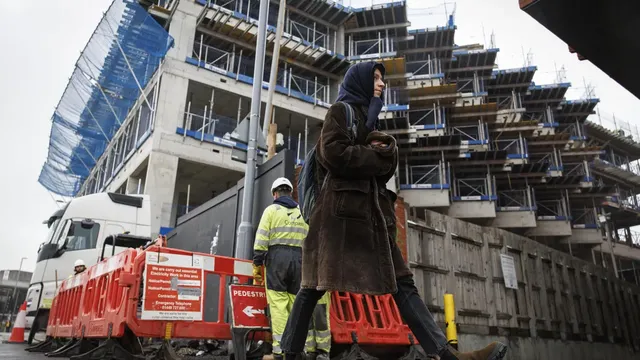German industrial production grew surprisingly strongly in May, according to official data. This raises hopes that Europe's largest economy is on the road to recovery, despite tensions in trade relations with the United States.
According to the Federal Statistical Office Destatis, industrial production rose by 1.2% month-on-month, following a 1.6% decline in April, immediately after US President Donald Trump announced heavy tariffs.
Analysts polled by financial company FactSet had expected a slight decline of 0.1%.
The recovery is mainly due to a strong increase in energy production and significant growth of 4.9% in the automotive sector, which had been under severe pressure until recently.
Compared to the same month last year, production grew by 1%, further strengthening hopes that German industry is gradually emerging from a difficult period marked by a series of positive data on production and new orders since the beginning of the year.
ING analyst Carsten Brzeski commented that the published data “increases the likelihood” that the industrial recovery is not solely due to advance orders placed to avoid future tariffs, but has deeper causes.
“It is still too early to give a definitive positive assessment, but there are increasing signs of at least a cyclical recovery, albeit from a low base,” he noted.
However, the outlook remains uncertain due to the possibility of heavy reciprocal tariffs announced by Washington in April and temporarily frozen for 90 days.
If no agreement or further postponement is reached, the new import tariffs are expected to take effect on Wednesday. They will impose a universal 20% tariff on EU goods.
“With the expiry of the freeze on reciprocal tariffs by the US, the outlook remains highly uncertain,” the German Ministry of Economy warned in a statement.
“The possibility of the manufacturing sector regaining momentum in the summer will depend largely on developments in the trade and geopolitical situation,” the statement added. | BGNES, AFP

 Breaking news
Breaking news
 Europe
Europe
 Bulgaria
Bulgaria







